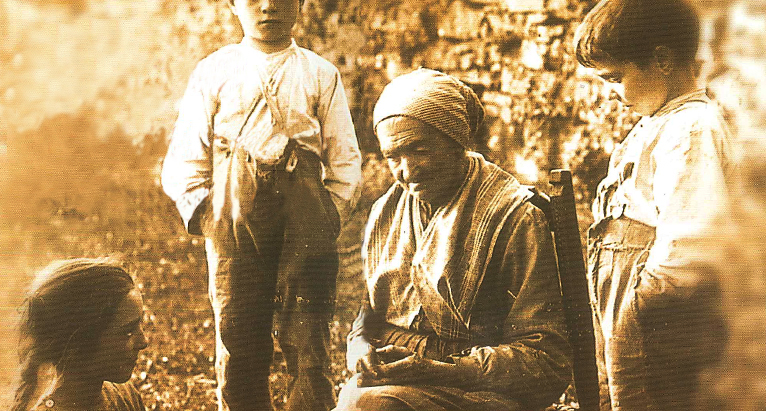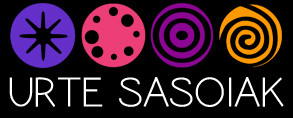 Oral literature, as the name states, is orally transmitted, learned and enjoyed by ear, and retrieved and memorized by heart.
Oral literature, as the name states, is orally transmitted, learned and enjoyed by ear, and retrieved and memorized by heart.
Traditional literature conveys all aspects of life: religion, rites, history, social issues, and is associated to festival celebrations, demonstrations of love, and many other circumstances or common cultural affairs. That is, it reflects the traditional culture of the community in accordance to the needs of each age group and the cultural status of all social groups.
They were frequently elderly people endowed with surprisingly good memory who passed the stories, songs, riddles and so on, down to their children and grandchildren. This transmission takes place from generation to generation. With the passing of time, though, the recited version might undergo changes; the spokesperson might enrich or constrict text adding or removing parts of it. The variations might also be due to the character, sentimentality or capacity to memorize of the transmitter. That is the reason why multiple variants of the same text can sometimes be found. At the end of the day, the spokespeople treat those oral testimonies as part of their own popular culture, because oral literature authors generally stay in the dark.
Such literary passages would occasionally be rendered in celebrations: theatre plays, old rhyming stanzas or koplak, ballads… Some would seem to be a constituent part of domestic tutoring: children’s poetry, story telling, old proverbs… Besides, many a time, pieces from oral literature would be narrated for entertaining purposes while work was done: community work, thread spinning, fishing net mending, maize husking, and more. Oral literature usually manifests itself in the form of songs, music or rhythmic tunes, and its ultimate objective is to be sung or performed by all members of the community.
The following laugh-provoking songs, ballads and children’s songs are examples of Basque oral literature. We hope you will enjoy them!
(Some of the passages and phrases in this introduction have been taken from Juan Mari Lekuona’s Ahozko Euskal Literatura.)


